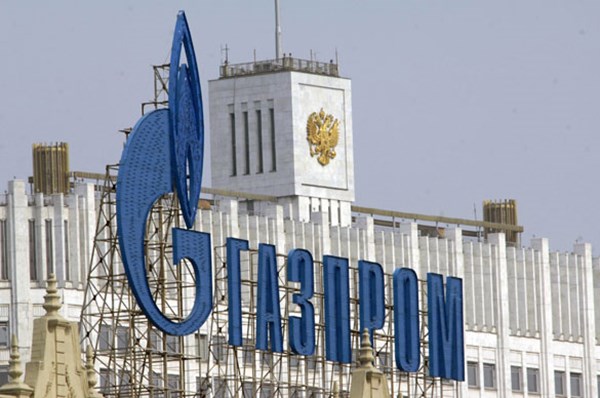Gazprom classifies gas supplies to DPR and LPR
Gazprom has stopped disclosing the volume of gas supplies to the the so-called Donetsk and Luhansk People's Republics.
At the end of the first quarter, the company’s reported zero gas supplies to Ukraine, which, for more than 5 years, has been used to reflect supplies to LPR and DPR.
Gazprom's previous position was that the republics are part of Ukraine, and the Ukrainian national gas corporation Naftogaz should pay for these supplies. Moscow officially called 12 billion cubic meters delivered to DPR and LPR the debt of the Ukrainian company worth 2.9 billion dollars.
The collapse of Nord Stream 2 project, which Gazprom expected to use for gas deliveries bypassing Ukraine, forced Moscow to abandon these claims. In December 2019, faced with the need to conclude a new transit contract, Russian officials agreed not to consider the issue of DPR and LPR in the negotiations, in fact acknowledging that the financial burden for these supplies falls on Gazprom.
Now the Russian company has officially announced that it no longer supplies gas to unrecognized republics. In fact, however, the supply continues, but covertly, Kommersant reports, citing sources close to Gazprom.
Two schemes are possible, the sources claim. Deliveries can be arranged through a mediating company that is not afraid to be sanctioned because of its work with unrecognized republics. The most likely candidate is Gaz-Alliance which is controlled by a fugitive Ukrainian businessman Sergey Kurchenko, who was actively engaged in trade in petroleum products and coal in eastern Ukraine.
However, in this case, the intermediary company had to obtain a permit to export gas (by law only Gazprom can do it), which is unlikely.
Another option is that gas is simply written off for the technological needs of Gazprom's pipeline system. Gas consumption under this article is very high in the entire gas transport system. In 2019 it amounted to 38 billion cubic meters, in 2019 - 40.14 billion cubic meters. The needs of DPR and LPR will make up only 6-7% of these volumes - about 2.7 billion cubic meters last year.
A similar scheme is used for power supply to LPR and DPR from Russia: these "humanitarian supplies" are written off as technological losses of the Russian Federal Power Grid Company and are recouped when calculating tariffs for Russian consumers.
